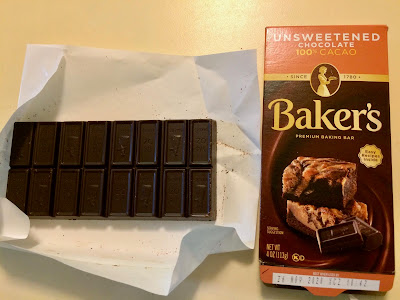Walmart ran the first recycling program in Lawrence. The Walmart on South Iowa included a separate building with drive-up parking. The long building had a series of large openings with roll-up windows, one window for each of the various types of materials – white paper, newspapers, mixed paper, cardboard, chipboard, aluminum, and separate boxes for different numbered plastics.
Under each window was a large cardboard box to catch the deposits. Walmart employed cognitively challenged people who watched to make sure only the appropriate materials went into each category. The employees took pride in their jobs and policed the contributions vigorously. Consequently, all the recycled materials were clean and, consequently, totally recyclable. When a box was full, they emptied it into the appropriate bin and replaced it. During the hours the center was open there were always people unloading their recycling materials and placing them in the appropriate boxes.
Then the City of Lawrence instituted its own recycling program. The city provided each household with a rolling container for all recycling. Happy residents threw everything into the container. Consequently, the recycled materials were contaminated with everything from greasy pizza cartons to dirty diapers. These recycled materials were, of course, not recyclable.
Walmart, which had done a fine job of handling recycling responsibly, closed their recycling operation.
You can count on human beings to make a good idea unworkable through our love of convenience.
Copyright 2019 by Shirley Domer






















